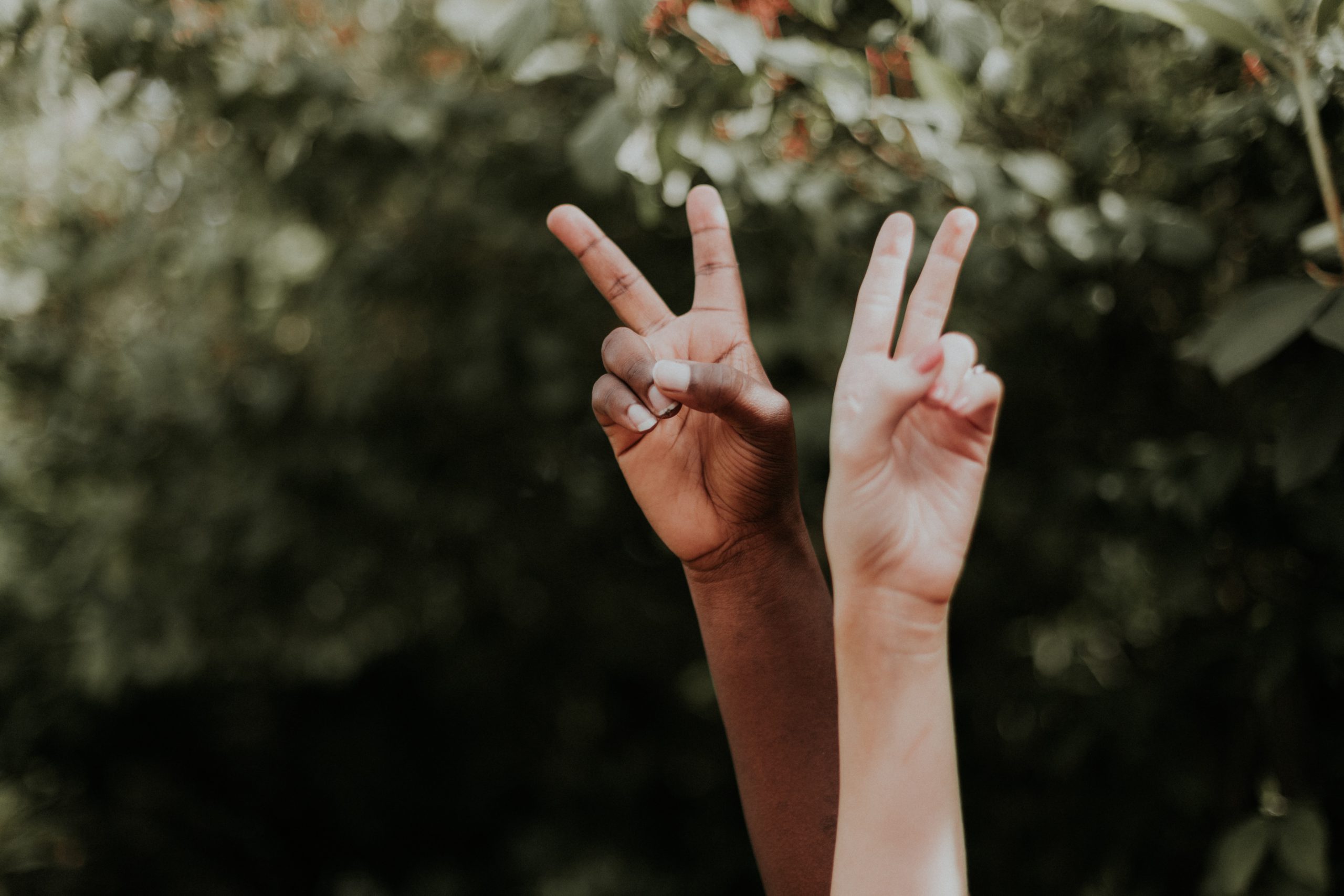In a world striving for equality and inclusivity, it is crucial to address the issue of unintentional or accidental racism. Unconscious biases can manifest in subtle ways, perpetuating stereotypes and causing harm, even without conscious intent. In this article, we will explore the concept of accidental racism, understand its impact, and discuss strategies for promoting cultural sensitivity and building inclusive communities.
Key Takeaways
- Accidental racism refers to unintentional acts that perpetuate racial stereotypes or cause harm.
- Unconscious biases play a significant role in accidental racism and are shaped by societal influences.
- Education, self-reflection, and open conversations are essential in recognizing and addressing accidental racism.
- Building inclusive communities requires fostering cultural sensitivity, empathy, and respect.
Introduction: Unmasking Accidental Racism
Racism exists not only in overt acts of discrimination but also in unintentional behaviors and biases that may go unnoticed. Accidental racism refers to actions or statements that perpetuate racial stereotypes or cause harm, even when there is no conscious intent to discriminate. By bringing attention to accidental racism, we can foster understanding, promote self-reflection, and work toward creating a more inclusive society.
The Role of Unconscious Bias
Unconscious biases, deeply ingrained societal beliefs and stereotypes, shape our perceptions and judgments without our awareness. These biases are often formed through exposure to media, cultural narratives, and personal experiences. They can influence our thoughts, decisions, and interactions, sometimes leading to unintentional acts of racism. Recognizing and addressing these biases is a crucial step in combating accidental racism.
Common Examples of Accidental Racism
Accidental racism can manifest in various forms, including:
1. Microaggressions
Microaggressions are subtle, everyday actions or comments that communicate derogatory or negative messages toward individuals based on their race. They can include backhanded compliments, stereotyping, or dismissing someone’s experiences.
2. Cultural Appropriation
Cultural appropriation occurs when elements of a particular culture are adopted, often without understanding or respect for their significance. This can lead to the commodification or misrepresentation of cultural practices, perpetuating stereotypes and erasing the cultural context.
3. Colorblindness
Colorblindness is the belief or attitude that downplays or ignores racial differences. While it may be well-intentioned, it can dismiss the unique experiences and challenges faced by marginalized communities, negating the need for acknowledgment and understanding.
Addressing Accidental Racism: Strategies for Change
1. Education and Self-Reflection
Educate yourself about different cultures, histories, and experiences. Engage in self-reflection to identify and challenge your own unconscious biases. This ongoing learning process helps develop a deeper understanding and empathy toward others.
2. Open and Honest Conversations
Initiate and participate in open conversations about race and racism. Create safe spaces where people can share their experiences, ask questions, and learn from one another. These dialogues promote empathy, awareness, and understanding.
3. Actively Listen and Amplify Voices
Listen to individuals from marginalized communities and amplify their voices. Recognize and acknowledge their experiences, perspectives, and contributions. Take steps to support and uplift these voices in your personal and professional circles.
4. Advocate for Diversity and Inclusion
Advocate for diversity and inclusion in all aspects of life, including education, workplaces, and community organizations. Encourage diverse representation, inclusive policies, and equitable opportunities for all individuals.
Conclusion: Striving for Inclusive Communities
Accidental racism can be insidious, perpetuating harmful stereotypes and reinforcing systemic inequalities. By recognizing and addressing unconscious biases, engaging in education and self-reflection, and fostering open and honest conversations, we can work together to combat accidental racism and build inclusive communities. Let us strive for empathy, cultural sensitivity, and continuous learning as we contribute to a more equitable and just society for all.









